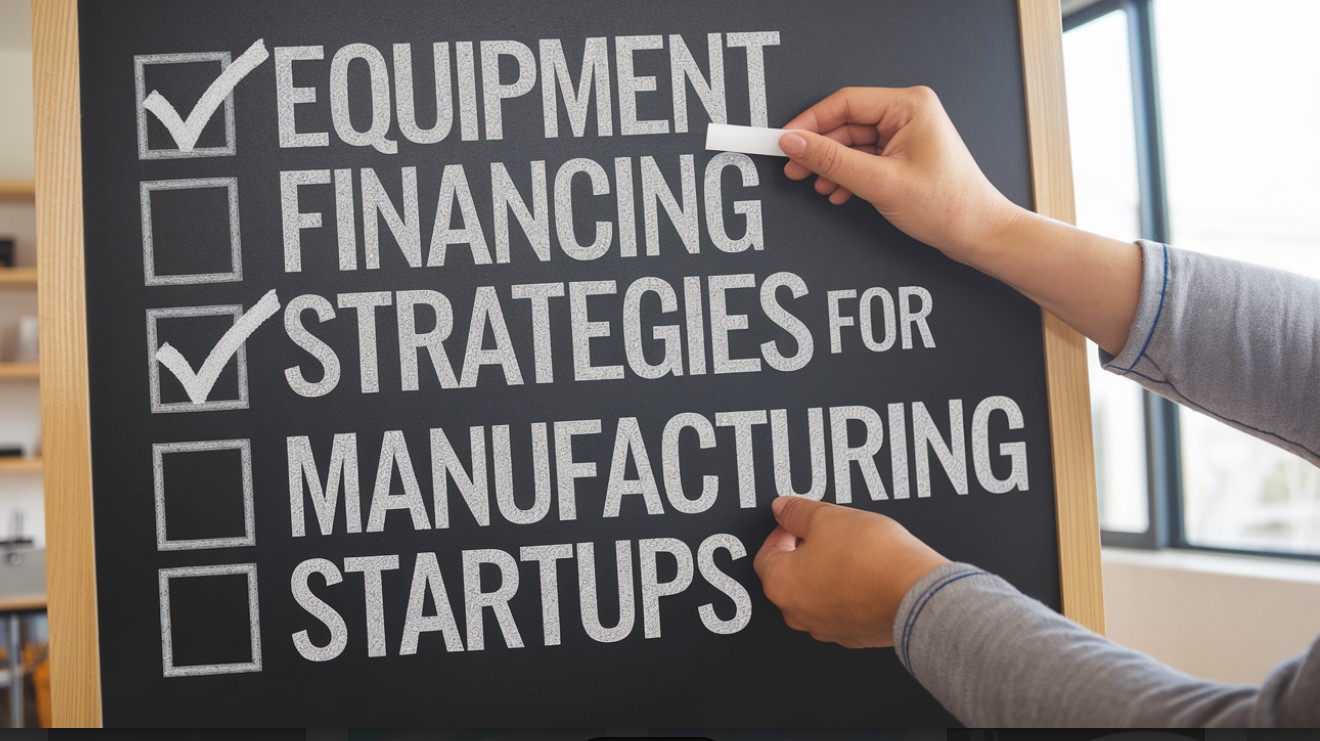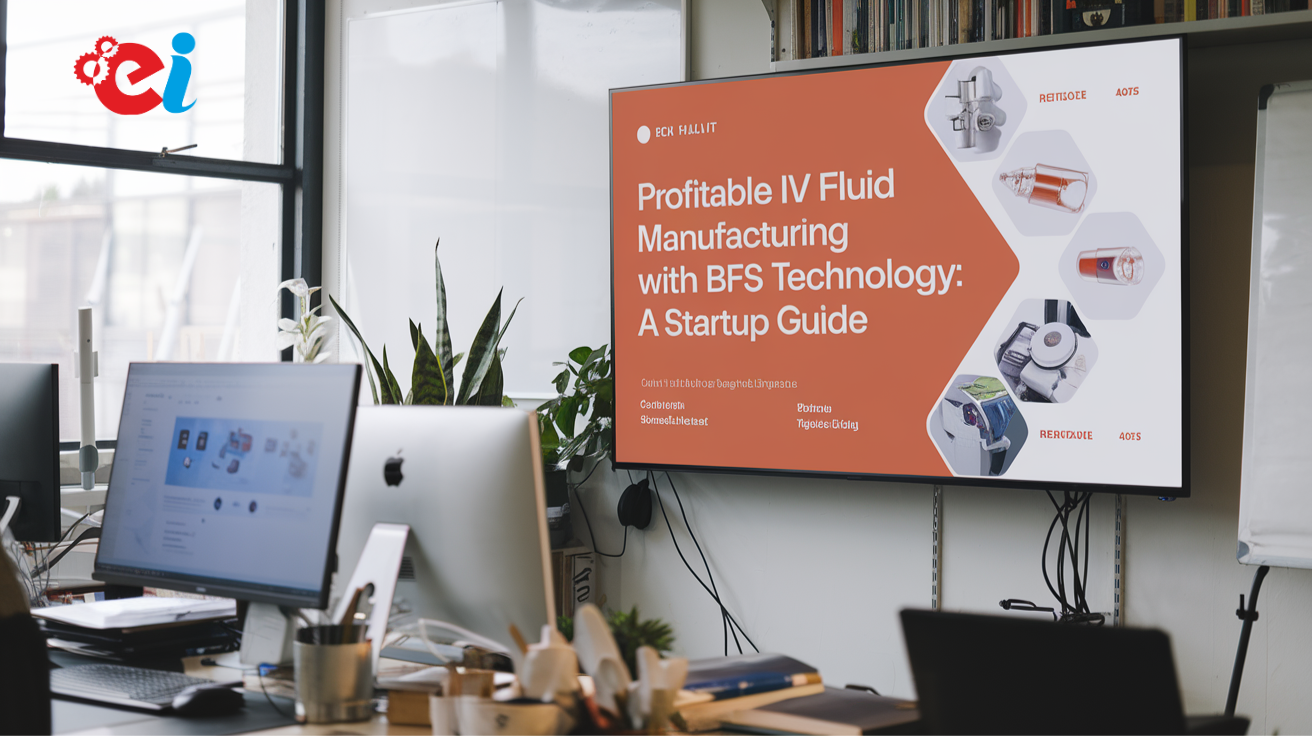
Starting a manufacturing company can be both exciting and challenging. Acquiring the necessary equipment—ranging from heavy machinery to specialized tools—can be very expensive. However, there are financing options available to help new businesses. This article aims to explore different equipment financing strategies, compare them, and provide a straightforward framework to assist you in making the best financial decision for your startup. However, equipment financing options do exist to assist a fledgling firm.
Importance of Equipment Financing:
“Picture trying to build a car without an engine or a factory without a conveyor belt”-that is starting a manufacturing business without the appropriate equipment. Financing allows you to purchase tools when you need them instead of waiting until you have all the cash. This is important because
Speedy Operations
Cash Flow Management
Competing Effectively
Also Read: Empowering Indian Enterprises: The New MSME Definition Explained (2025)
Different Forms of Equipment Financing
The most common methods of financing your manufacturing equipment will be discussed below:
Equipment Loans: These loans may be likened to a car loan whereby one borrows a certain sum of money to purchase equipment and pays it back with interest within an agreed time. It is best for startups with a solid business plan and good credit.
SBA Loans (Small Business Administration): Under this, the interest rates charged on these are low, and the repayment period is longer than that for standard loans. It is best for startups eligible for the SBA criteria wanting long-term financing.
Vendor Financing: Some equipment suppliers will even finance the sale. This is a nice perk, but make sure to check what other lenders offer.It is best when time is a factor or if a vendor has a very specific piece of equipment that a startup needs.
Crowdfunding: This is the process whereby many people, usually through online channels, will contribute funds toward a startup or its venture. It is best for startups with innovative products that appeal to a very wide audience.
Read our blogs–Empowering Indian Enterprises: The New MSME Definition Explained (2025)
Comparing the Options:
To help you visualize the differences, here is a simple comparison table:
| Option | Ownership | Upfront Costs | Interest Rates | Approval Difficulty | Best For |
| Equipment Loan | Yes | Higher | Fixed | Moderate to High | Good credit, long-term ownership |
| Equipment Lease | No (until purchase) | Lower | Varies | Moderate | Flexibility, avoiding depreciation |
| SBA Loan | Yes | Higher | Lower | High | Strong business plan, long-term financing |
| Vendor Financing | Yes/No | Varies | Varies | Low to Moderate | Quick approval, specific vendor |
| Crowdfunding | N/A | N/A | N/A | High | Innovative products, strong marketing |
| Personal Savings | Yes | N/A | N/A | N/A | Very small startups |
Decision Framework:
Selecting the most appropriate source of financing is dependent on your circumstances. A very simple framework to help you decide is as follows:
1. Assess your needs:
- Type of equipment to be acquired?
- Cost of required equipment?
- Duration of requirement?
- Urgency of need?
2. Evaluate your financial status:
- Amount of cash available?
- Creditworthiness?
- Expected revenues?
- Able to afford monthly payments?
3. Consider your business objectives:
- Long-term ownership of equipment?
- Is flexibility in upgrading or changing equipment necessary?
- Growth projections?
4. Compare financing options:
- Get quotes from different lenders.
- Compare interest rates, repayment terms, and fees associated.
- Carefully read the fine print.
5. Make an act:
- Go for the option that fits your needs and budget best.
- Fill out the application.
- Train on new equipment to help run your business better.
Secrets to Success:
- Draft a Business Plan Fit for Banking: If banks are to be used, they first want to see your well-thought-out business plan.
- Keep Good Company with Creditors: A favorable credit rating would make you more likely to get approval for financing and better terms.
- Compare and Contrast: Do not just accept the first offer given to you. Explore the options to make sure you find the best price possible.
- Read Terms and Conditions: Make sure you understand all terms and conditions before signing the financing agreement.
- Consider a Repayment Plan: Set a budget and check whether you can make the payments monthly.
The Importance of Planning:
Financing the purchase of equipment is a major option. Do take the time to think through the alternatives so you can choose the one that will allow your startup the greatest growth. Solid thinking will enable you to buy whatever you need to fulfill your manufacturing dreams. Just remember that funding solutions develop and are suited for each specific startup by considering the needs of the startup and the financial capacity to bear the obligations.






